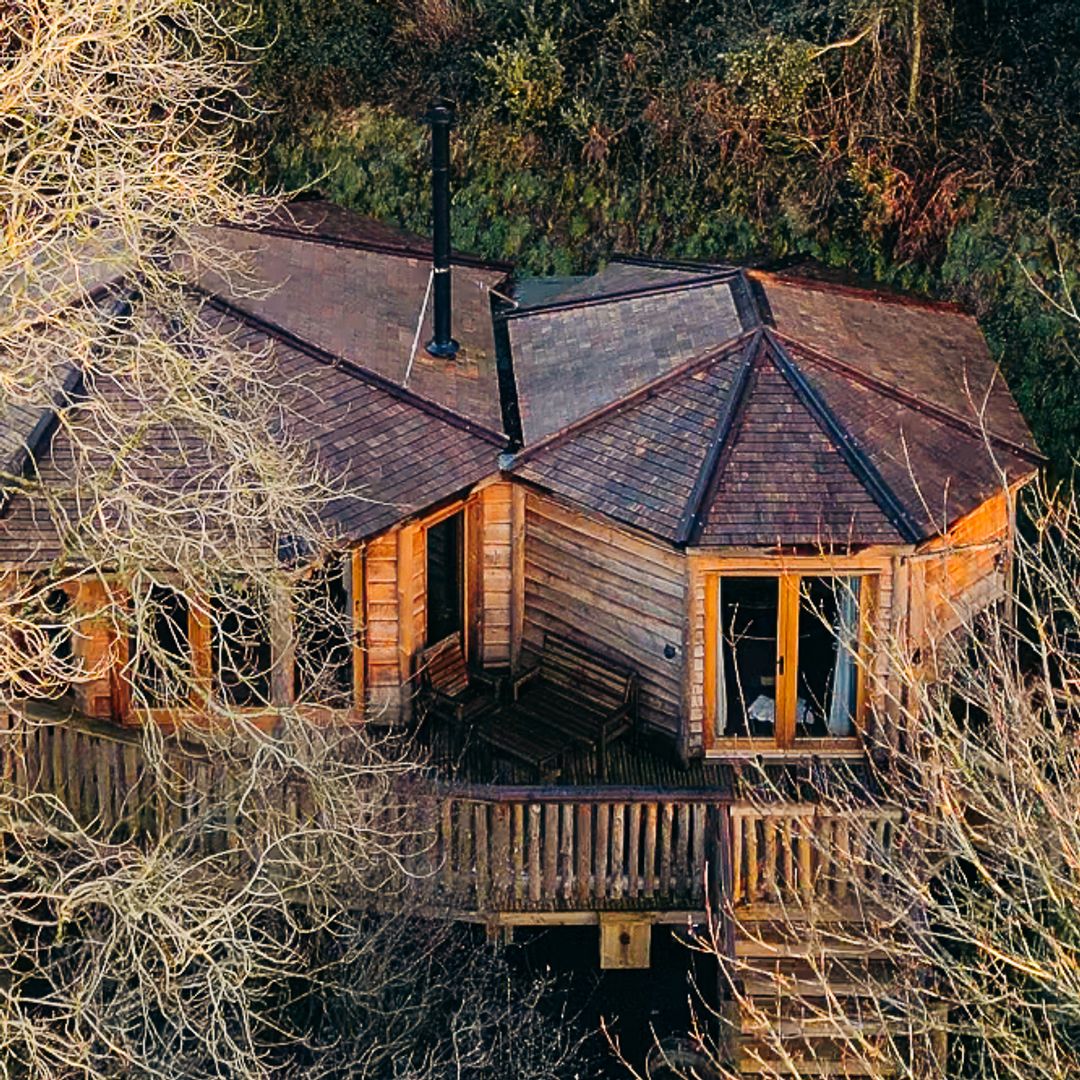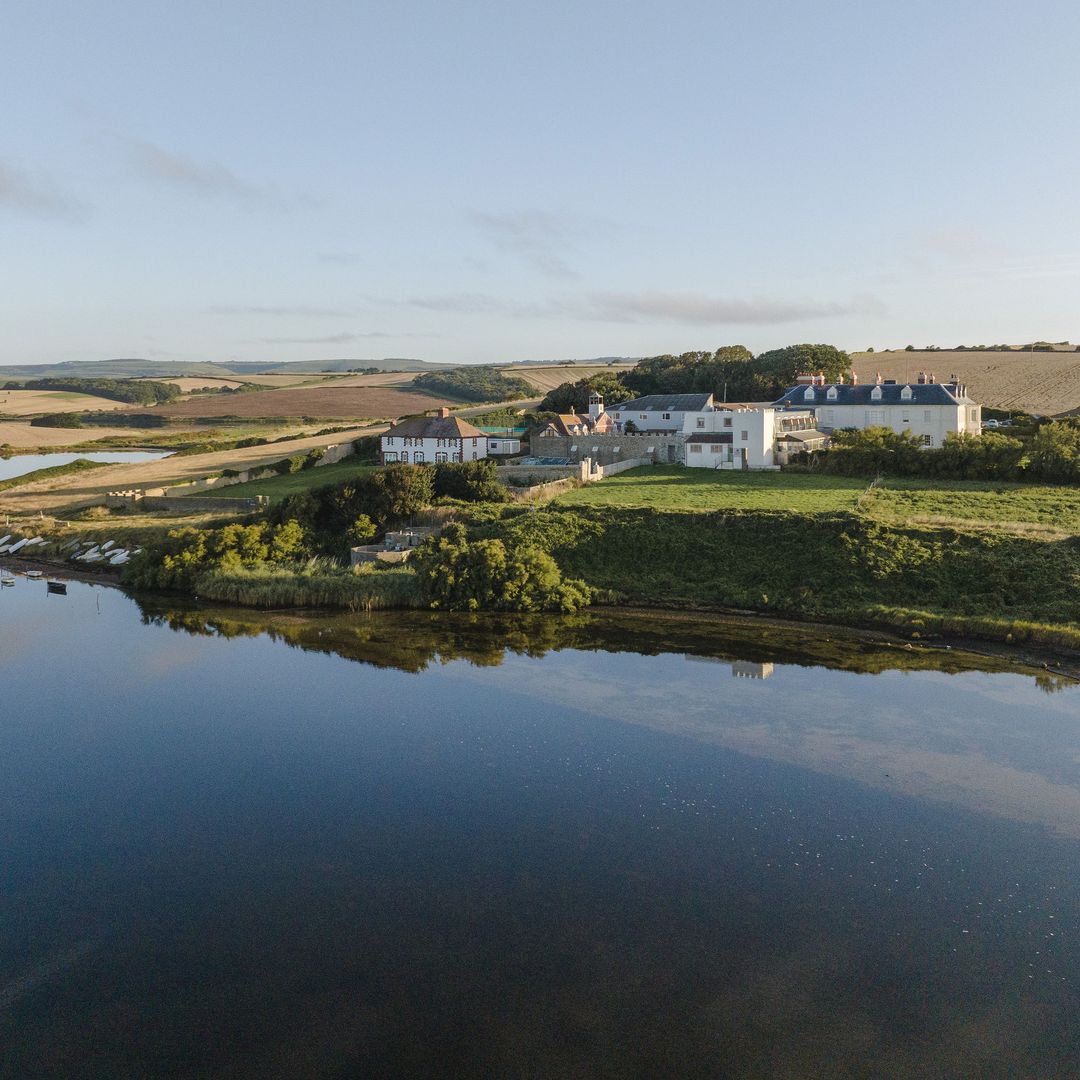Encompassed by a Roman wall, the beautiful centre of Le Mans is a perfect period setting and it's not unusual to arrive and find the streets lined with straw and sand while a veritable parade of historical characters and film personnel work on the latest TV series or movie. While not everyone here is old enough to remember back to the late Fifties when Bette Davis and Alec Guiness were in town to film The Scapegoat, plenty of people have stories of more recent visits from Hollywood greats, including Gerard Depardieu in his Oscar-nominated role as the hero of the 1990 film Cyrano de Bergerac.
Depardieu returned to Le Mans eight years later with a host of other big names – Leonardo diCaprio, Jeremy Irons, John Malkovich – to film The Man in the Iron Mask, another of the many French and American titles that are part of the filmography of Le Mans, capital of the Sarthe department of France.
A good starting point to explore the filming locations of the award-winning Cyrano de Bergerac is the Lycee Montesquieu near to the old centre of Le Mans. The school dates back to 1599 and the old buildings are a popular filming location. In particular, the seventeenth century staircase in the west building is named after Depardieu because of its association with the agile swordsman he portrayed so well.
The city has a close connection with the ancient royal House of Plantagenet – Henry II, king of England was baptised in the cathedral, and the old walled city (Vieux Mans) is also known as the Cite Plantagenet. It is here among the cobbled streets and half-timbered houses that Jean-Paul Rappeneau set many of the scenes of his version of the classic tale by Edmond Rostand. The story takes place during the reign of Louis XIII and tells of how Cyrano, convinced that his large nose makes him too ugly to win the love of the beautiful Roxane, woos her with the wit and charm of the written word on behalf of dashing but tongue-tied Christian de Neuvillette.
From the opening scene in the theatre, right through to the bittersweet ending, Cyrano appears, sword in hand, demonstrating his skill with word and weapon, renouncing his love for his beautiful cousin in favour of his rival, and reflecting on the physical defect that has shaped his destiny. And the backdrop for many of these scenes is the Plantagenet City, beautifully preserved behind a great Roman wall for over 15 centuries. Today the city of cobbled streets and steps retains its ancient charm, with delightful squares, and little alleys, secluded gardens, stately homes, half-timbered houses and even a royal palace, now housing the Town Hall.
At the centre of the irregular quadrilateral that forms the old town is the Jacques Dubois Square, site of the impressive Maison du Pilier Rouge – recognisable, as the name suggests, by the red pillar that supports the corner, as well as by the red timbering of the facade. All around, the streets spread out like a film set for a historical epic. The history of the town can be explored in the Musee de la reine Berengere – the museum dedicated to Queen Berengaria of Navarre, wife of Richard the Lionheart, who settled in the city after her husband's death.
The entrance to the great cathedral of Saint Julian on Cardinal Grente Square was transformed by the magic of the silver screen into the entrance to the theatre where Cyrano fights a duel with the Vicomte de Valvert while mocking Valvert's clumsy attempts at insult. Not featured in the film, though, is the prehistoric menhir, said to grant fertility to those who touch it, which is located at the southwest corner of the cathedral. The carpenter's shop at the entrance on St-Michel was also transformed for the film, into the Ragueneau family bakery. And from here you're in a position to descend the steps to the Rue des Vaux Champelains to the spot where the wooden beam fell and injured the hapless hero.
Farther afield, in Chemire-le-Gaudin, some 17 kilometres from Le Mans, Bellefille Castle also had its share of the action. The fifteenth century building was the setting for the scene in which Depardieu chases a chicken. On screen it's a scene that lasts just 45 seconds, but the chateau owner recalls that it took a year of organisation, six days of shooting and a huge film crew to achieve.
THE PRACTICALITIES
Getting thereFly to Charles de Gaulle airport in Paris, where there's a high-speed train link at the airport. The TGV costs around 35€ each way and takes about an hour and a half.
Getting aroundLe Mans is a relatively small city of about 150,000 inhabitants, and is easy to get around. The train station is located near the city centre and taxis, buses and a tram line link the main tourist attractions.
Best time to visitSummer is the best time to visit as the average temperature is 25º C and there's the added attraction of La Nuit des Chimeres – the Night of the Chimeras – a son et lumiere fantasy that is played out every night through July and August. Race fans should check the Le Mans website for details of races, including the '24 hours of Le Mans', scheduled for 16-17th June 2012.
Where to stay La Demeure Delaclais and La Maison Saint-Pierre offer cosy B&B accommodation alongside the cathedral; the first has a garden, while the latter boasts an impressive twelfth-century cellar used for several historical film shoots. Also in the centre, the four-star Mercure Le Mans Centre, whose classic facade hides a modern interior. At Saint Saturn, in the French countryside six kilometres outside Le Mans, the stately eighteenth-century Domaine de Chatenay has been converted into a charming boutique hotel.
Where to eat La Maison d'Elise serves imaginative modern cuisine and also offers accommodation. Le Beaulieu, on the ground floor of the Mercure hotel, boasts a Michelin star. In the town of Saint-Quen-en-Belin, 15 minutes from Le Mans, Les Poesies Palatines offers refined culinary creations in a fine old country mansion.
The movie trailThe tourist office organises guided tours of the locations of movies and TV series shot in the Plantagenet City, including Cyrano de Bergerac, The Man in the Iron Mask and Moliere.
Don't miss...The Musee de Tesse dedicated to Fine Arts has a marvellous Egyptian collection as well as a giant sand clock in the gardens. In July and August the light show of the Nuit des Chimeres is a must, while throughout the year, different racing events are held in the area. Visit the tomb of Queen Berengaria – 'the only English queen never to set foot in the country' – at the Abbey of L'Epau. Indulge your sweet tooth with chocolates by the master chocolatier Jacques Bellanger, the pastry craft of La Part des Anges and the delicacies of Maison Reignier.
Further information Tourism Le Mans








